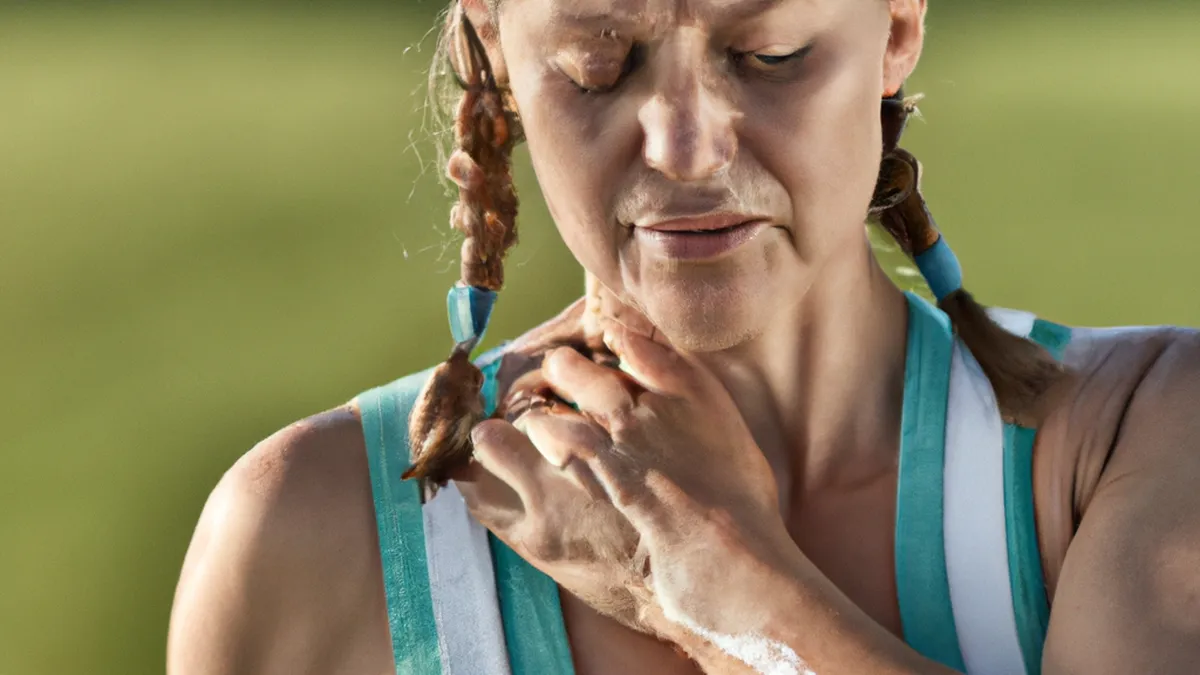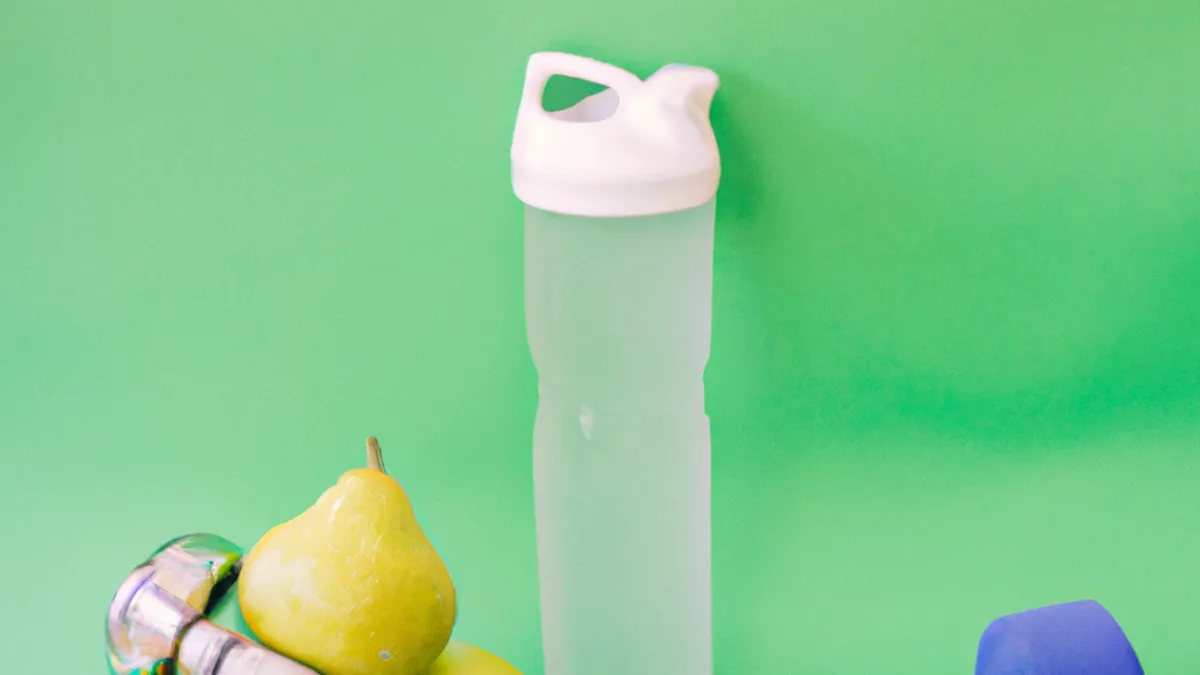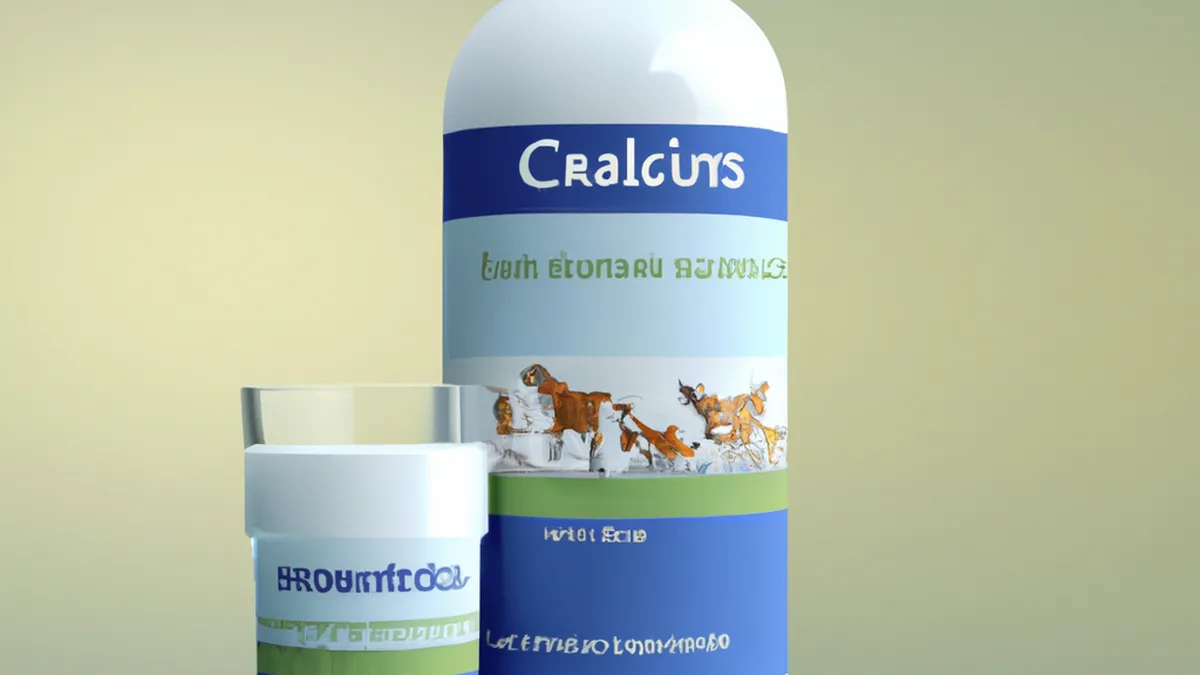Assessing Your Sweat Loss Accurately
Techniques for Measuring Sweat Loss and Fluid NeedsUnderstanding fluid loss through sweat is crucial for hydration. Athletes often underestimate their sweat loss, leading to dehydration and health issues. This blog explores techniques for measuring sweat loss and determining fluid needs.
As an Amazon Associate I earn from qualifying purchases.
Gear tip: consider whey protein powder, plant protein powder, and shaker bottle to support this topic.
Why Measuring Sweat Loss Matters
Sweat loss varies among individuals. Factors like temperature, humidity, and exercise intensity affect sweating. Inadequate hydration can cause fatigue and heat-related illnesses. Knowing your sweat loss helps optimize your hydration strategy.
The Importance of Hydration
Hydration plays a vital role in health. It regulates body temperature, lubricates joints, and facilitates nutrient transport. Proper hydration enhances performance in physical activities. Thus, understanding fluid needs is essential for athletes and casual exercisers.
Techniques for Measuring Sweat Loss
Several methods effectively measure sweat loss. Here are practical techniques to consider.
1. Pre- and Post-Exercise Weighing
Weigh yourself before and after exercise. First, weigh yourself without clothes for accuracy. Then, exercise as usual. Afterward, weigh yourself again under similar conditions. The weight difference indicates sweat loss.For instance, if you weigh 150 pounds before and 148 pounds after, you lose 2 pounds. Since 1 pound equals about 16 ounces, you lost 32 ounces of fluid during your workout.
2. Sweat Rate Calculation
To determine your sweat rate, use a formula. After weighing yourself pre- and post-exercise, factor in workout duration and fluid consumed. The formula is:\[\text{Sweat Rate (oz/hr)} = \frac{(Weight Loss + Fluid Intake)}{Exercise Duration (hours)}\]For example, if you lost 2 pounds (32 ounces) and drank 8 ounces during a 1-hour workout, your sweat rate would be:\[\text{Sweat Rate} = \frac{(32 + 8)}{1} = 40 \text{ oz/hr}\]
3. Using Sweat Testing Kits
Some companies offer sweat testing kits that measure sodium concentration. These kits provide insights into sweat composition. Understanding sodium loss helps tailor your hydration strategy.If you lose high sodium, consume electrolyte-rich drinks during long workouts. This approach ensures effective electrolyte replenishment.
Tips for Staying Hydrated
After measuring sweat loss, develop a hydration plan that meets your fluid needs. Here are tips to help you stay hydrated.
1. Drink Before You Feel Thirsty
Don’t wait until thirst strikes to drink. Thirst often indicates dehydration. Instead, drink fluids regularly throughout the day.
2. Use Electrolyte Drinks
For intense workouts over an hour, consider electrolyte drinks. These beverages replace lost minerals and maintain fluid balance. Look for drinks containing sodium, potassium, and magnesium.
3. Monitor Your Urine Color
Check your urine color to gauge hydration. Pale yellow indicates good hydration, while dark yellow suggests dehydration. Use this cue to adjust your fluid intake.
Benefits of Proper Hydration
Staying hydrated yields numerous benefits. First, it enhances athletic performance. Proper hydration improves endurance and recovery times. Second, it supports cognitive function. Dehydration impairs focus and decision-making.Moreover, hydration can boost your mood. Research shows dehydration leads to irritability and fatigue. Maintaining proper fluid levels enhances overall well-being.
Conclusion
Measuring sweat loss and understanding fluid needs is essential for physical activity. Techniques like pre- and post-exercise weighing, sweat rate calculations, and testing kits provide valuable insights.By implementing effective hydration strategies, improve performance and recovery. Remember, hydration involves understanding your body’s unique needs. Stay proactive in hydration efforts to reap benefits in daily activities and athletic pursuits.
Below are related products based on this post:
FAQ
Why is measuring sweat loss important?
Measuring sweat loss is crucial because it helps individuals understand their hydration needs, which can vary based on factors like temperature and exercise intensity. Inadequate hydration can lead to fatigue and heat-related illnesses, making it essential for athletes and casual exercisers to optimize their hydration strategy.
What are some techniques for measuring sweat loss?
Several effective techniques for measuring sweat loss include pre- and post-exercise weighing, sweat rate calculation, and using sweat testing kits. These methods provide insights into how much fluid is lost during exercise, allowing individuals to tailor their hydration plans accordingly.
How can I stay hydrated effectively?
To stay hydrated, it is recommended to drink fluids regularly throughout the day, not just when you feel thirsty. Additionally, for intense workouts, consider using electrolyte drinks to replenish lost minerals, and monitor your urine color to gauge hydration levels accurately.















Post Comment